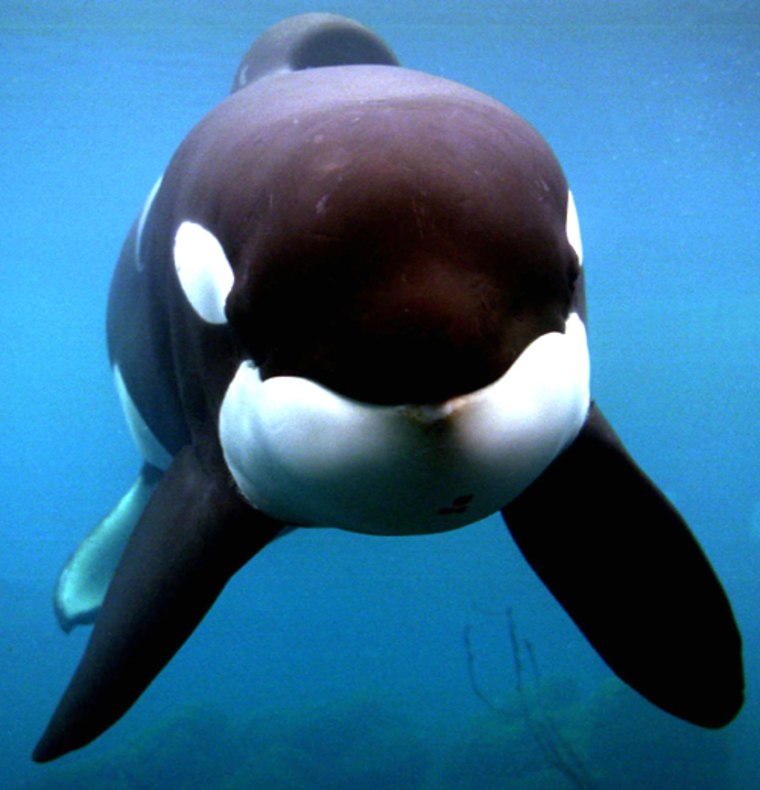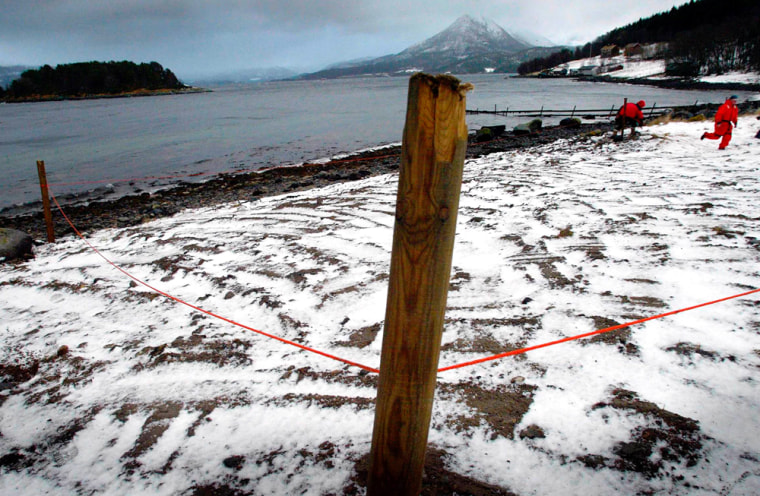Keiko the killer whale, a symbol for the environmental movement in life, has now become one in death. An environmental group in Norway, where the star of the "Free Willy" movies was buried last month, has set off local alarm bells by stating that the orca, like any marine mammal that lived in the wild, had accumulated toxins during its lifetime and that those had been buried along with the carcass on a Norwegian beach.
Those toxins include PCBs, a chemical that was widely used worldwide until it was found to cause cancer.
Soon after the announcement by the Norwegian Organization for the Conservation of Nature, a top environmental official vowed to investigate.
"PCBs are frighteningly dangerous stuff," Hans Aasen of the state environmental regulatory agency told the Norwegian newspaper Dagens Naeringsliv. Aasen said his office would contact local officials in the area where Keiko was buried to see how the burial was handled.
But Aasen avoided the idea of exhuming Keiko and disposing of the carcass elsewhere. Keiko won't fall under rules governing hazardous disposal, he said, noting that "this was a stranded whale, not garbage."
A local official said no formal permission was granted to bury Keiko on land, just a verbal OK when fisheries authorities announced Keiko's death on Dec. 12 due to pneumonia.

"Usually we propose that such whales be towed to sea and deposited where they won't cause a problem," local environmental official Kolbjoern Megaard told Dagens Naeringsliv. "But this was an icon we're talking about. Questions regarding PCBs weren't considered at all."
The amount of PCBs in Keiko's six-ton carcass, estimated by the Norwegian environmental group at a pound, would not cause a serious pollution problem, but the group said it wanted to use Keiko's fame to "draw the public's attention to the threat of sea pollution by toxic products and its repercussions for the whole food chain."
